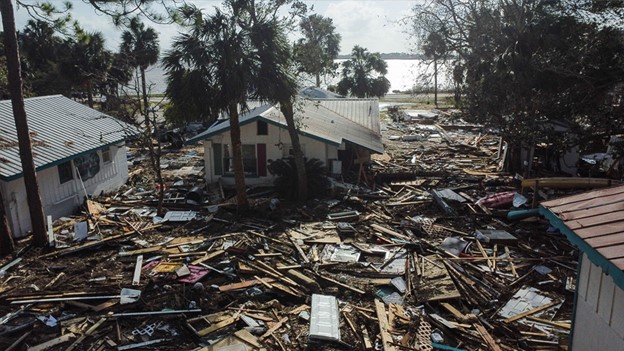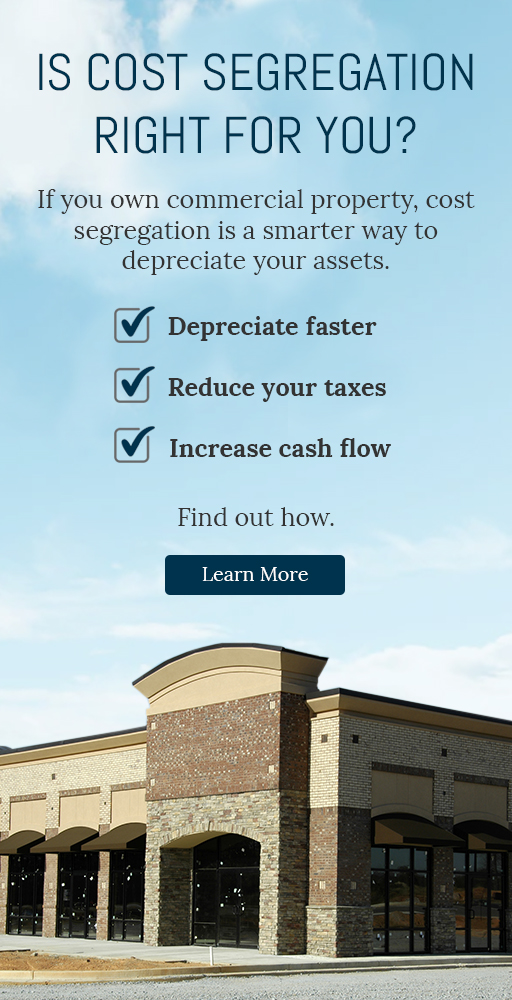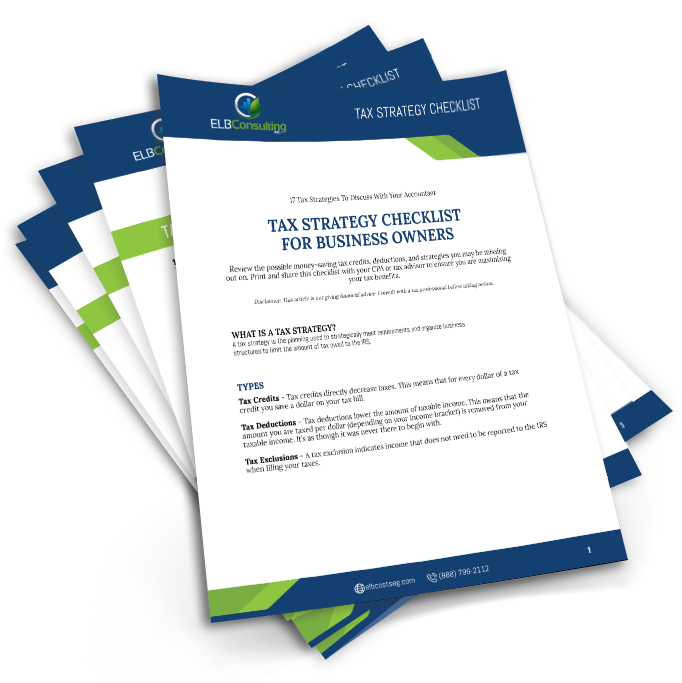The short Answer is Yes… Besides reducing tax liability, a cost segregation study can deliver other benefits
When natural disasters like hurricanes, tornadoes, or floods strike, property damage is often widespread and significant. In the wake of the destruction, business owners, and property investors face the daunting task of filing insurance claims to recover the value of damaged and/or destroyed assets. When this happens, a cost segregation study can prove to be an invaluable tool.
How? It provides a detailed breakdown of assets that greatly enhances the claims process.
What is a Cost Segregation Study?
A cost segregation study is a financial analysis that breaks down a building or property into individual components. Each component is given a dollar value and depreciation schedule. A cost segregation study is used for tax purposes to accelerate depreciation and reduce taxable income. However, a study can also serve as a beneficial tool for property owners dealing with insurance claims following a natural disaster.
For example, in a cost segregation study, assets like roofs, HVAC systems, flooring, electrical wiring, plumbing, and even landscaping are classified and assigned specific values. For example:
- Roof: $120,000
- HVAC systems: $90,000
- Electrical systems: $60,000
- Flooring and finishes: $40,000
- Landscaping: $25,000
By having this breakdown on hand, property owners can present detailed, asset-specific information to insurance adjusters, which has several advantages.
How This Asset Detail Benefits Insurance Claims
- Accurate Damage Assessment
A cost segregation study provides a detailed asset breakdown, allowing property owners to assess the damage at a granular level. Instead of submitting a blanket claim for the entire building, owners can itemize the damage to each component, such as a damaged HVAC system, roofing, or plumbing. This precision makes it easier to document losses and determine the exact cost of repairs or replacements. - Faster and Smoother Claims Process
When insurance adjusters receive claims with detailed asset information, it helps streamline the process. Rather than having to estimate or investigate each individual component’s value, they can rely on the figures provided by the cost segregation study. This reduces delays and helps expedite claim approval and payout. - Maximized Insurance Payouts
Insurance companies’ base compensation on the actual value of the damaged or lost assets. A cost segregation study ensures that no component of the property is overlooked or undervalued. For example, a building’s electrical system might be worth significantly more than its general infrastructure, and without specific asset detail, this value might be lost in a lump-sum claim. By clearly outlining each asset, property owners ensure they receive appropriate compensation for every part of the property that’s been damaged. - Improved Negotiation Power
In cases where insurance adjusters may dispute the extent of the damage or the valuation, having detailed records from a cost segregation study strengthens a property owner’s position. The study serves as evidence-based documentation that can be used to negotiate a fair settlement, helping avoid underpayment for repairs.
Natural disasters bring stress, uncertainty, and financial loss, but a cost segregation study provides a way to bring order to the chaos of insurance claims. By detailing the value of each component of a property, these studies can lead to more accurate assessments, faster claims processing, and maximized payouts, making the recovery process smoother and more effective for property owners.
So performing a cost segregation study to reduce your tax liability can be instrumental in managing insurance claims and speeding up recovery efforts. This property investor and owner tax efficiency tool can also provide asset protection and financial relief in your recovery from property damage.
It should be noted, the IRS also provides relief. In Hurricane Helene affected counties across the southeast, an additional six month tax extension has been added to October 15th deadlines, see this link for details.




